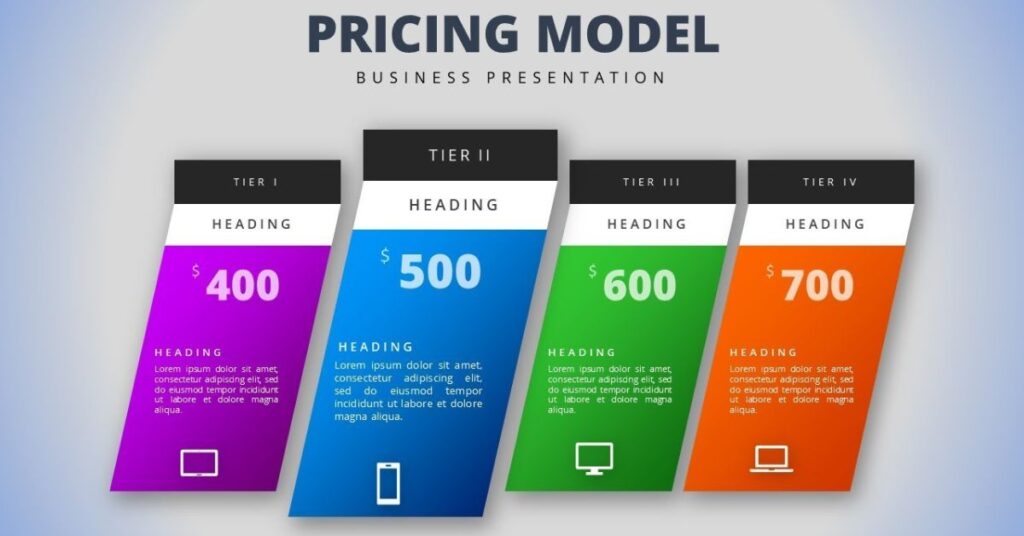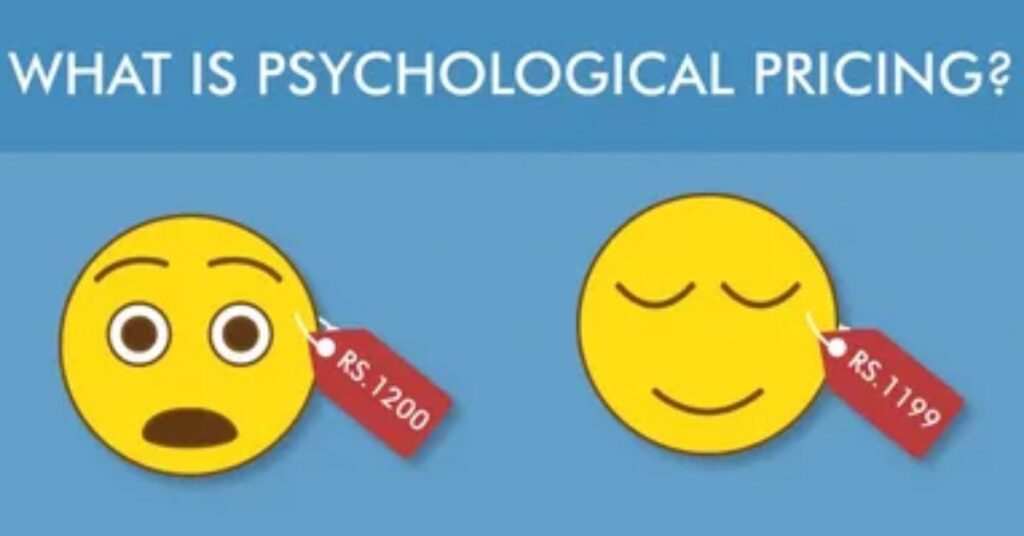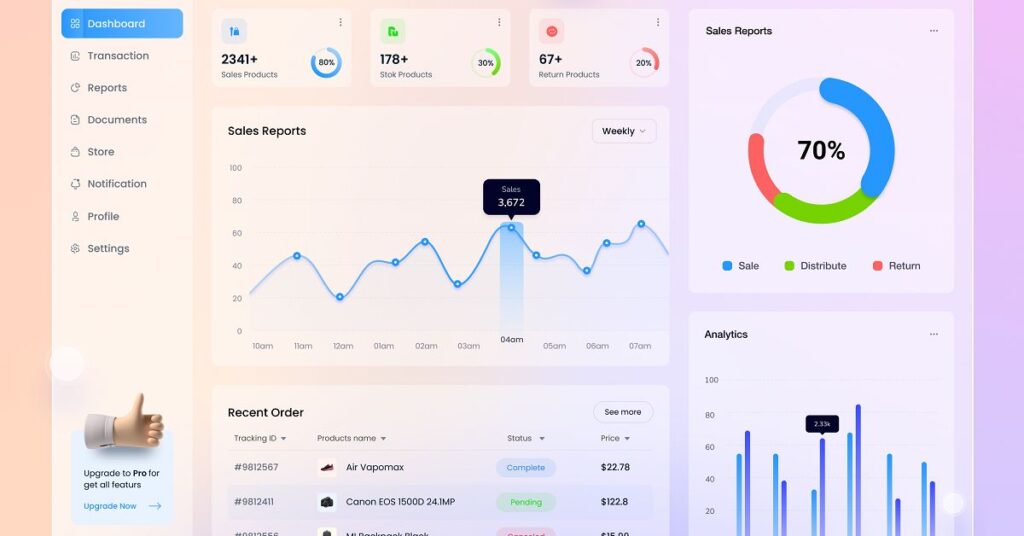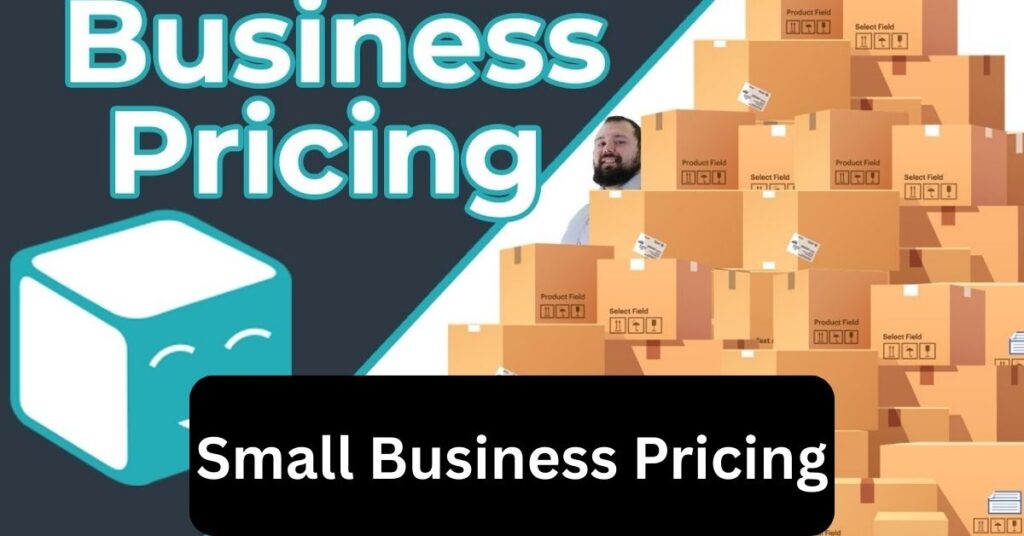Have you ever lost a client because your prices were too high or too low?
For small business owners, pricing is more than just putting a number on your services. It is about building trust, attracting the right clients, and making sure your business grows with profit.
The truth is, many entrepreneurs underprice themselves and struggle, while others overprice and scare customers away.
In this 2025 Small Business Pricing Guide, we will break down everything you need to know about how to price your services smartly, step by step, in simple language.
Why Small Business Pricing Matters in 2025
Pricing is not only about covering costs; it is a strategy that shapes your:
- Profitability
Setting the right price ensures your business earns enough to cover expenses and still generate a healthy profit margin. Smart pricing decisions can steadily increase revenue without needing to chase more clients. - Customer perception
Your pricing influences how people view your brand; too low, and they may doubt your quality; too high, and they may hesitate to buy. A balanced price builds trust and signals real value. - Market positioning
Pricing helps you stand out in your industry and define your brand’s identity. Whether you want to be seen as affordable, premium, or specialized, your price communicates that instantly. - Long-term growth
Consistent, well-structured pricing supports sustainable business expansion. It lets you reinvest profits, improve services, and attract loyal clients who appreciate your value over time.
According to Harvard Business Review, even a 1% increase in price can boost profits by up to 11%, proving that pricing is one of the most powerful levers in business success.
The Common Pricing Mistakes Small Businesses Make
Before you learn how to price effectively, let’s look at what NOT to do.
- Copying competitors blindly
Just because another business charges $50/hour doesn’t mean you should too. Every business has different costs, value, and target audiences, so copying others can lead to losses or missed opportunities. - Underpricing for quick sales
Offering low prices just to attract clients might bring short-term work but leads to burnout and low profits in the long run. Instead, focus on value and quality, clients who appreciate results will happily pay more. - Not including hidden costs
Many small business owners forget to factor in taxes, marketing, tools, and software when setting prices. Ignoring these expenses can eat into your profit and make your services seem cheaper than they truly are. - Failing to adjust prices with growth
As your skills, experience, and demand increase, your prices should evolve too. Keeping old rates can undervalue your expertise and stop your business from growing profitably.
For further details, visit our blog page What Is E-commerce Dropshipping? How This Business Model Can Change Your Life.
Pricing Models for Small Business Owners

Here are the most common pricing strategies you can use in 2025:
1. Hourly Pricing
- Best for freelancers and consultants.
- Easy to calculate, but may limit income.
This model charges clients for the exact time spent on a project. It is transparent and simple, but scaling becomes difficult since your income is tied to the number of hours you can work.
2. Project-Based Pricing
- Ideal for creatives (writers, designers, developers).
- Focuses on value instead of time.
You set a fixed price for the entire project based on scope and expected results. This approach rewards efficiency and expertise, making it easier to earn more for faster, high-quality work.
3. Value-Based Pricing
- Price is based on the client’s perceived value.
- Example: A marketing service that brings $10,000 in sales can be priced at $1,000+ instead of hourly.
This model focuses on the outcome rather than effort. It helps you charge higher fees when your work delivers measurable benefits, creating a win-win for both you and your client.
4. Subscription / Retainer Pricing
- Monthly or yearly pricing for ongoing services.
- Builds predictable revenue.
Clients pay a recurring fee for continuous support or access to your expertise. This model ensures stable income and long-term relationships, ideal for businesses offering maintenance or creative services.
To better understand how pricing affects profitability and market positioning, check out this detailed explanation of pricing strategies by Investopedia.
Steps to Set the Right Price
Here is a step-by-step formula:
Step 1: Know Your Costs
Include direct costs (materials, tools, labour) and indirect costs (marketing, admin, rent).
Understanding your full cost structure ensures you never undercharge for your services. This step helps maintain healthy profit margins and long-term business sustainability.
Step 2: Research Your Market
Check competitor rates, but do not copy them blindly. Adjust based on your expertise and niche.
Market research helps you stay competitive while highlighting your unique value. It also allows you to position your services smartly without entering a price war.
Step 3: Define Your Value
Ask: “What outcome am I giving my client?” If your work saves them time or increases revenue, charge accordingly.
Clients pay more for solutions that bring measurable results. Focus on the transformation you provide rather than just the effort or time spent.
Step 4: Choose the Right Model
Decide whether hourly, project, value, or subscription fits your business.
Picking the right pricing model gives clarity and confidence to both you and your clients. It also ensures your income matches your work style and business goals.
Step 5: Test and Adjust
Start with a number, gather feedback, and refine it over time.
Pricing is never static; it evolves as your brand grows. Regular adjustments help you find the sweet spot between client satisfaction and profitability.
Psychology of Pricing

Customers often judge quality by price. Some tips:
- Use charm pricing (e.g., $49 instead of $50).
Psychologically, prices ending with “.99” or “.49” feel cheaper to buyers even though the difference is small. This tactic helps increase conversions without lowering perceived quality. - Create tiered packages (basic, standard, premium).
Offering multiple options makes customers feel in control and encourages them to choose the middle or higher plan. It also helps you serve different budgets while maximizing profit. - Highlight discounts smartly (“Save 20% this month!”).
Limited-time offers create urgency and attract quick decisions. Always emphasize the value customers gain, not just the amount they save, to build long-term trust.
Combine smart pricing with effective email marketing to grow your business in 2025.
Geographic Pricing
Pricing is not the same everywhere. In 2025, location matters more than ever.
- Local Clients
Prices should reflect local purchasing power.
For example, a small design agency in India or Pakistan may offer lower rates than one in the USA, but still maintain profit margins due to local cost advantages. This makes services affordable and fair for nearby clients. - Global Clients – Online businesses can charge higher in developed markets (USA, UK, Canada).
If you serve clients internationally, adjust pricing to reflect global demand and market value. International clients are often willing to pay more for quality and reliability, helping you scale your income smartly.
For more marketing ideas, read our detailed guide on how to build a social media strategy for your small business.
Leveraging AI & Tools for Pricing in 2025

AI-powered tools can help small businesses set smarter prices.
Some recommended tools:
- QuickBooks Online
QuickBooks helps you record every business transaction automatically and shows your real-time profit margin. By understanding your true costs, you can set accurate prices that ensure steady profits without guesswork. - HubSpot CRM
HubSpot CRM gives you insights into how your customers interact with your offers and what pricing converts best. It helps you create targeted packages and discounts that match each stage of your sales funnel, improving customer retention and revenue. - Price Intelligently (ProfitWell)
Price Intelligently analyzes customer data, behavior, and perceived value to recommend the most profitable price point. Its AI-driven insights help small businesses balance competitiveness with maximum profit potential.
When & How to Raise Your Prices
You should review your pricing every 6–12 months. Raise prices if:
- You are fully booked and still getting new inquiries.
This means your demand is higher than your availability; a clear sign that clients value your work. Raising your prices helps balance workload while increasing profit without losing quality customers. - You have added new skills or certifications
When you improve your expertise or gain certifications, your service value increases. Updating your pricing ensures you are compensated fairly for your enhanced skills and professional growth. - The costs of running your business have gone up.
As expenses like tools, rent, or software subscriptions rise, your pricing must reflect those changes. Adjusting prices keeps your business sustainable and maintains healthy profit margins.
Communicate price changes with clients confidently, explaining the added value they will receive.
Conclusion
Pricing is not just about numbers; it is about confidence, value, and long-term growth. In 2025, small business owners must learn to strike a perfect balance between fairness for clients and profitability for themselves. The right pricing strategy can turn a struggling business into a thriving one by creating trust, clarity, and consistency in your brand.
By avoiding common pricing mistakes, choosing the right model, and leveraging AI-powered tools, you position your business to attract quality clients who value your work, not those simply looking for the lowest price. Remember that pricing reflects your brand’s worth and the results you deliver.
In the end, cheap prices may win you a few quick customers today, but smart pricing will help you grow your business sustainably tomorrow. The goal is not to be the cheapest; it is to be the most trusted and valuable choice in your niche.
If you found this pricing guide helpful, explore our SEO content writing services for small business owners to grow your online brand profitably.
FAQ’s
What is the best pricing strategy for small businesses?
The best pricing strategy for small businesses depends on your industry, target market, and business goals. Many owners use a mix of cost-plus pricing (covering costs + profit margin) and value-based pricing (charging based on customer perception of value).
For example:
1- If you run a bakery, cost-plus pricing ensures every cake covers ingredients, rent, and labor, plus a profit.
2- If you are a consultant, value-based pricing works better because clients pay for your expertise, not just hours.
According to Shopify’s pricing guide, strategies like bundle pricing, competitive pricing, and tiered pricing can also help small businesses grow.
How can I calculate my service price?
To calculate your service price, follow these steps:
1- Add up all costs → include materials, tools, software, rent, utilities, and your time.
2- Decide your profit margin → many small businesses aim for 20-30% profit.
3- Check competitor pricing → make sure you are not too high or too low.
4- Adjust for value → if your service provides extra benefits (speed, quality, expertise), you can charge more.
Example: If you are a graphic designer and it takes you 10 hours to complete a logo at $25/hour, your base cost is $250. Add a 30% profit margin → $325. If your designs are unique and save clients time, you might charge $400+.

